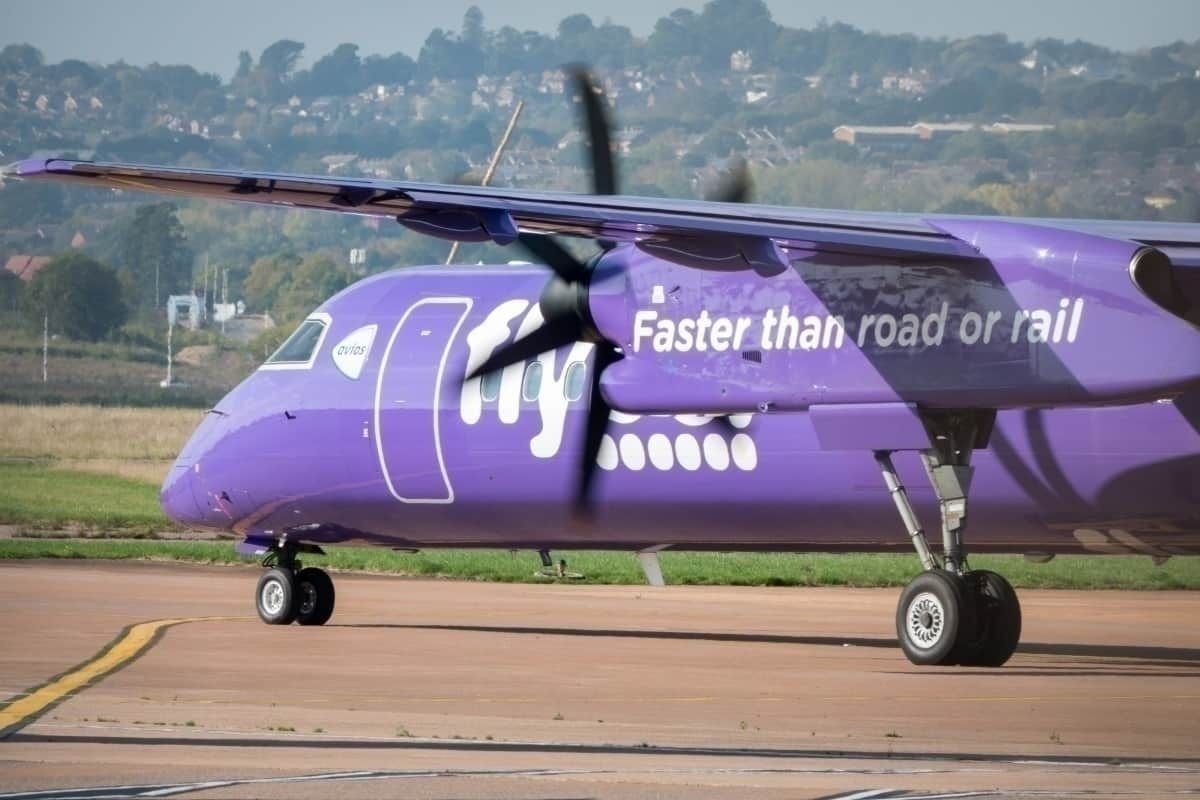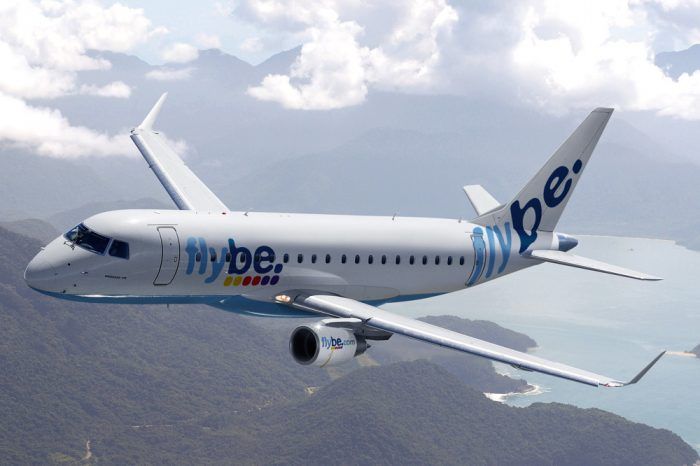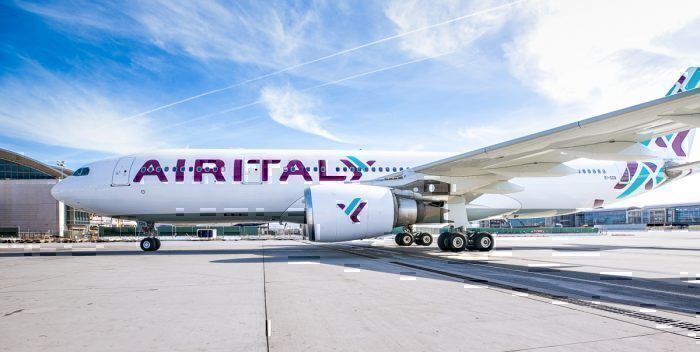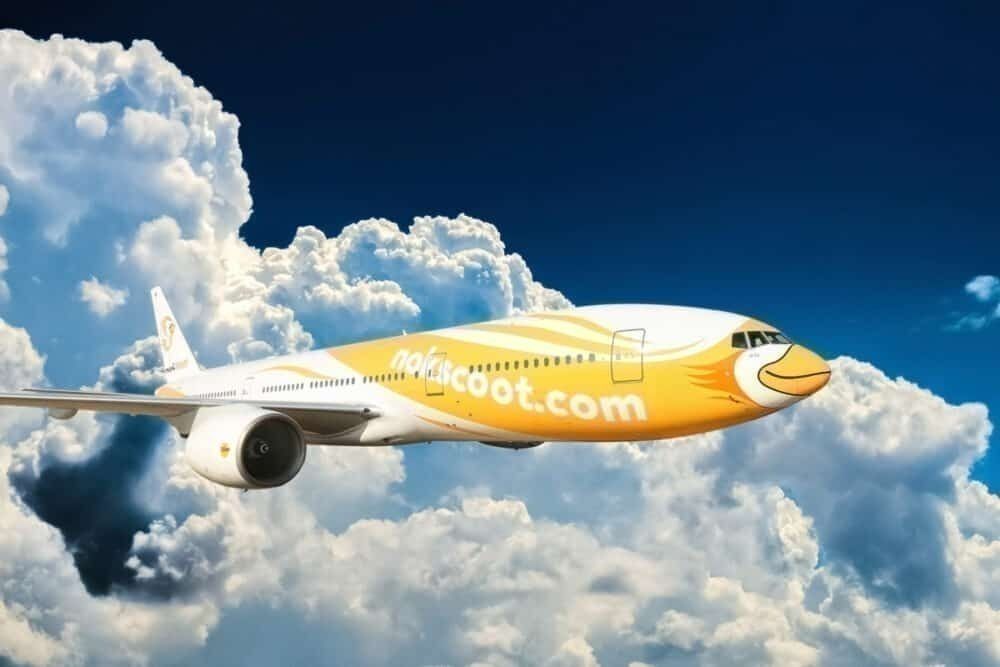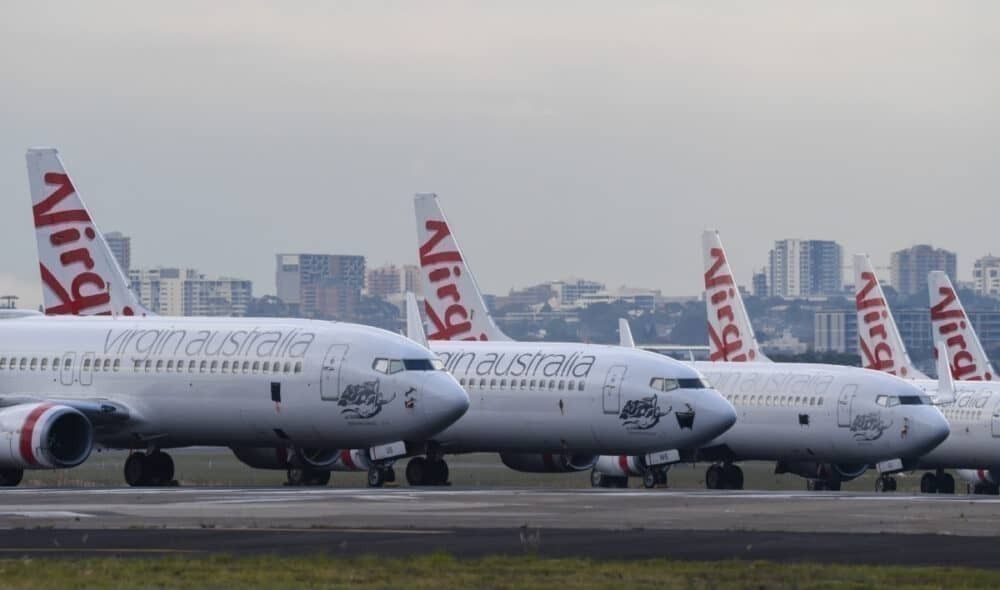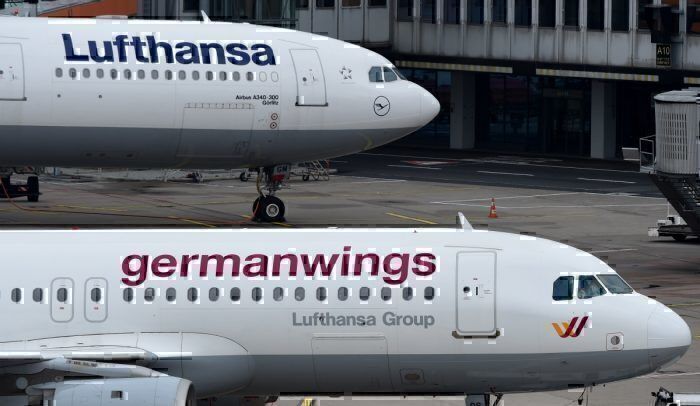The coronavirus has seen a number of airlines go out of business all over the world. Carriers have faced near-zero demand and a slew of travel restrictions, pushing them to financial peril. To help keep track of all the bankruptcy and liquidation stories we've made a list all with the major airlines.
This list is not exhaustive and there could be a few airlines we miss, do let us know of those in the comments. We are also not including fully-owned subsidiaries which have decided to shut down, unless they are being liquidated.
Flybe
UK-based Flybe became one of the first casualties of the coronavirus, with the airline suspending all operations in early March. The collapse came after months of financial struggle for the airline, which even saw it receive a bailout from the British government. The airline is now in administration with its chances of revival looking bleak.
Flybe served primarily as a regional European carrier, connecting a number of smaller destinations in the UK. The airline had the largest fleet of Dash-8s in the world and even purchased the Embraer E-series jets (which proved to be a costly mistake).
Following a number of mistakes, intense competition, and slowing growth, Flybe was in dire straits by 2020. However, while the coronavirus proved to be the final nail in the coffin, with lenders giving up on the airline, the story of Flybe's collapse is a long one.
Stay informed: Sign up for our daily aviation news digest.
Air Italy
The sudden collapse of Air Italy is one that came as a surprise to many. The airline decided to shut down and liquidate in early February after majority shareholder the Aga Khan withdrew support. The decision to liquidate came even before the coronavirus took hold in any country outside China.
However, this didn't mean Air Italy wasn't facing a number of issues. The airline failed to turn a profit during its existence and reported a €160 million in losses for 2018, with that figure expected to reach €230 million in 2019.
The grounding of the 737 MAX also forced the airline to slow its growth, reducing its fleet size by 25% and deferring its new order (which has since been canceled by Qatar Airways).
Eventually, when the airline faced possible liquidation due to its losses, its majority shareholder pulled support, even though Qatar was willing to continue support. The decision to do so came after airlines began seeing a decrease in travel due to coronavirus fears. However, it seems the decision to liquidate was a wise one since Italy saw a massive wave of coronavirus cases just weeks after the decision, decimating the travel industry.
NokScoot
Bangkok-based joint venture airline NokScoot has been the most recent airline to shut down and liquidate its assets. The decision to do so came after it became clear that travel was unlikely to rebound to pre-pandemic levels before 2022, NokScoot told analytics firm Cirium.
NokScoot is owned 51% by Nok Air, the Thai low-cost airline, and 49% by Scoot, Singapore Airlines' low-cost arm. The airline operated Bangkok's Don Mueang Airport and flew a fleet of 777s to a number to a number of short- and medium-haul destinations, including New Delhi, Osaka, Nanjing, and more.
The decision to liquidate came after it became clear that demand will not return soon and government support was unlikely. Seeing this, the airline's Board decided that liquidation was the only feasible option after months of cuts and financial struggle. NokScoot's unique widebody fleet as an LCC will be fondly remembered.
Virgin Australia
Perhaps the biggest shakeup in the aviation world came with the administration of Virgin Australia. The airline went into voluntary administration into April, hoping to find an investor and end months of struggle. Many thought this could be the end of the airline, although that didn't turn out to be true.
Although it was Australia's second-largest airline, Virgin faced a number of perennial issues. The decision to go full-service and expand the fleet to compete with Qantas proved to be costly and racked up losses.
Add to that, intense competition on international routes from foreign carriers and it became clear the path was unsustainable. The coronavirus proved to the final nail, with revenues gone, the airline had to make drastic changes.
It should be noted that Virgin's administration was voluntary and only meant to restructure the airline. While it did suspend nearly all flights, it still operated a skeleton structure due to government support. Technically, Virgin Australia should not be on this list, especially since it now has a new investor, but its sudden administration did signal how strong the coronavirus' effect was.
More to come
While this list includes only a few airlines, we will likely see more airlines succumb to the coronavirus. The spread of the coronavirus is slowing in a number of regions, but is also on the rise in others, slowing any possible recovery. The dangers of a second wave remain real as well, with China recently being forced to cut flights again.
As mentioned earlier as well, this list is by no means exhaustive, and there more airlines that have shut down or risk being liquidated. Some subsidiary airlines that have shutdown include Lufthansa-owned Germanwings, IAG's LEVEL Europe, LATAM Argentina, and South African Express. Even more airlines are at risk of liquidation, such as Air Namibia, and could disappear soon. Sadly, it seems that this list will be one that will continue to expand.
What do you think about the future of the aviation industry? Which airlines risk collapse? Let us know in the comments below.

